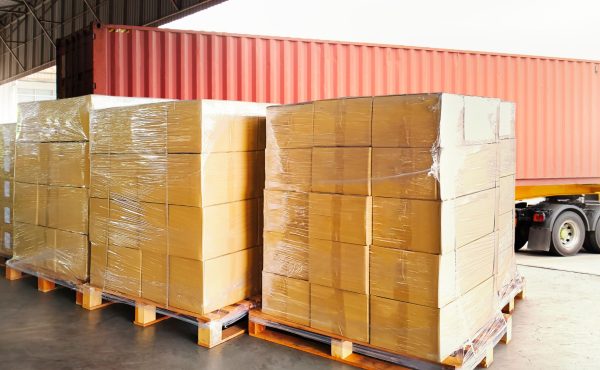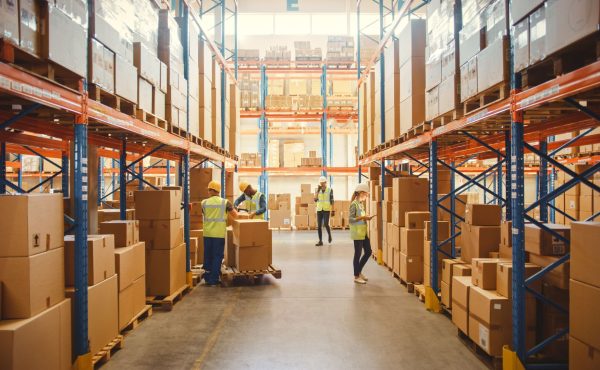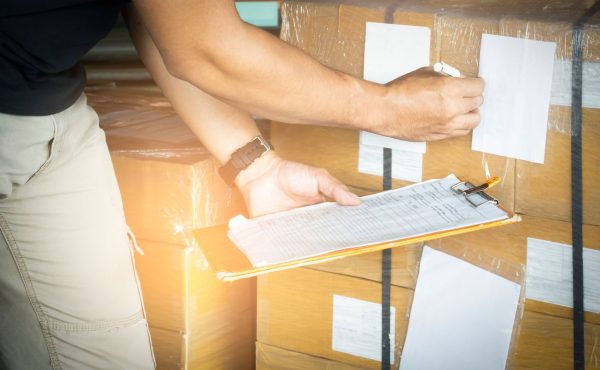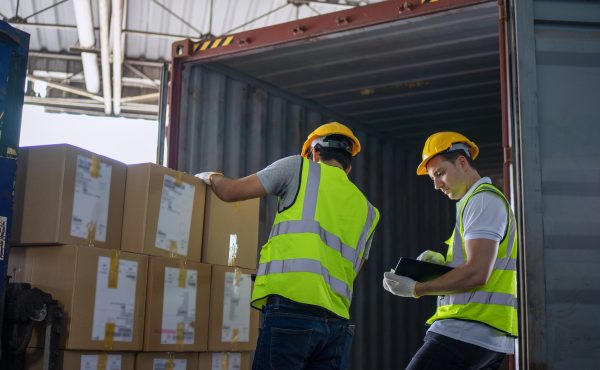How to export and how a startup can do it
How can you export a startup?
A startup is an emerging business that arises from a person or group of people who, like any other company, can export their innovative products. As it is a business initiative that usually develops its activity in a global environment, knowing how to export is essential because startups generally experience a fairly rapid and exponential growth.
In general terms, startups turn innovative ideas into reality and develop products, services or technologies that simplify and speed up complicated processes and work, which is why they focus their sales on the foreign market and tend to increase them rapidly.
“A startup develops products, services or technologies to simplify complicated processes; knowing how to export these innovations is fundamental”
If the natural market of a startup is the world, its internationalization is practically a must. But you should be flexible to adapt to each of the markets you want to enter and learn well how to export to each of them.
There are many countries with similar characteristics in which a startup can be successful. The technological development of the country is fundamental, as well as the access of the population to innovation and technology, but it must be taken into account that legislations or cultures are not the same.
Barcelona, the first startup hub in southern Europe

According to the Generalitat de Catalunya, there are currently 1,300 startups in the territory, a figure that makes Catalonia one of the five main hubs of entrepreneurship, technology and knowledge in Europe. Given the importance that this entrepreneurial and innovative sector has taken on, Barcelona & Catalonia Startup Hub was created, a digital platform integrated into the public agency Catalonia Trade &Investment that brings together the ecosystem of startups and offers extensive information on possible investments, success stories, sectors, accelerators and incubators, among others.
Of the total number of registered Catalan start-ups, 17% are related to technologies linked to industry 4.0, but other areas of activity also stand out, such as life sciences and the mobile phone and software sector.
The main business model of these companies is the ecommerce or marketplace, that is, they make sales abroad that require knowledge of how to export.
“Barcelona is the first startup hub in Southern Europe in number of companies and the fifth in Europe behind London, Berlin, Paris and Amsterdam”
Barcelona, the capital of Catalonia, has the largest number of startups in Southern Europe and according to the Ranking of Europe’s biggest startup hubs in 2017, drawn up by EU-Startups, it ranks fifth in Europe, behind only London, Berlin, Paris and Amsterdam. It also highlights the fact that 20% of startup creators would choose Barcelona to establish their start-up company.
How to export after starting up
Selling in international markets makes the company more competitive and more robust and prepares it to compensate for a possible bad evolution of the domestic market. Any company can learn to export, but the organization must be prepared to tackle these new markets.
It is important that the entire human team of the company shares the process of internationalization and, if necessary, it is advisable to train the staff in techniques on how to export because getting a company internationalized involves many steps and management.
Firstly, an internationalisation plan must be drawn up, which will be the road map that the company will follow. This plan must allow us to know: the situation of the company (available human resources, characteristics of the products we want to sell abroad); the target markets to which we want to export; the financial needs for internationalization; the setting of objectives and a forecast of the results we want to obtain.
As far as the human team is concerned, the personnel of the different departments must be up to date; from the financial and legal department in terms of international operations (means of payment, documentary credit, commercial risks, among others), to the commercial and marketing department, in order to look for markets and start the way to export.
As for how to export the product, it is necessary to know how to adapt it to the country because it will have to be competitive in price and quality (design and innovation), be adapted to the regulations (registration of the brand or product, knowing if trade and tariff barriers apply to it, if it will require special certifications or specific packaging, packing or labelling conditions). We will also have to find out how we are going to market it, which channels we will be able to use, the possible demand or consumption of the product in the countries where we want to sell it, without forgetting to study the competition it will have.
“To know how to export we can get advice from institutions and organizations whose work focuses on facilitating the internationalization of companies”
When defining the priority markets, each of the selected countries must be evaluated and the opportunities it presents for our products must be known; geographical or cultural proximity need not be a reason for choice. It is a good option to seek advice from institutions and organisations whose work focuses on facilitating the internationalisation of companies and which can provide us with information on how to export, such as ICEX, the Catalan agency ACCIÓ, the Spanish Chamber of Commerce or Barcelona Activa. Also business associations of small and medium enterprises such as CEPYME or PIMEC, can offer advice for export.
Another fundamental aspect is financing; it is necessary to have the financial capacity to cover internationalisation operations. To do this, you can go to a bank, access the official financing lines of organizations such as the ICO, or seek other formulas such as crowfunding or private financing.
What documents are required to export?

The essential documentation in an international trade operation is classified in three areas.
On the one hand, customs and tax documents, such as the census declaration, the single customs document, the foreign trade operators’ register or the intrastat declaration. On the other hand, commercial documents, such as the commercial invoice, the list of contents or packing list, the certificate of origin and the ATA carnet. And finally the documents related to the logistic operation, being the fundamental the sea or air bill of lading or the road or rail transport document.
“The freight forwarder is the one who will best organize the logistics chain from origin to destination, carry out the customs procedures and advise the company on how to export”
The one who knows best the processes on how to export a merchandise is the logistic operator or freight forwarder, since he can make us the opportune and required documentation according to the final destination of the exported goods or products. The operator will organize the logistics chain from origin to final destination, carry out the customs procedures and advise the exporting company throughout the operation.
Selecting the right Incoterm to export

Incoterms are the international sales terms that determine in a foreign trade operation the responsibilities and costs assumed by the selling or exporting party and the importing or buying party.
The current Incoterms are those published by the International Chamber of Commerce in 2010. They include 11 categories and in each one of them it is established who pays for the transport, where the goods are delivered, who is in charge of the customs expenses, among other things.
For an export operation, it is more advisable for the seller to use those Incoterms in which the goods travel at the buyer’s risk and expense, that is, from their availability at the seller’s premises (EXW) or from the moment they were delivered to the carrier for clearance (FCA, FAS, FOB, CFR, CIF, CPT and CIP).
On the contrary, Incoterms in which the goods travel at the seller’s risk and expense to the agreed point (DAP, DAT, DDP), are the least advisable for the exporter.
Categorías
Customs and regulations, International Trade
Compartir








